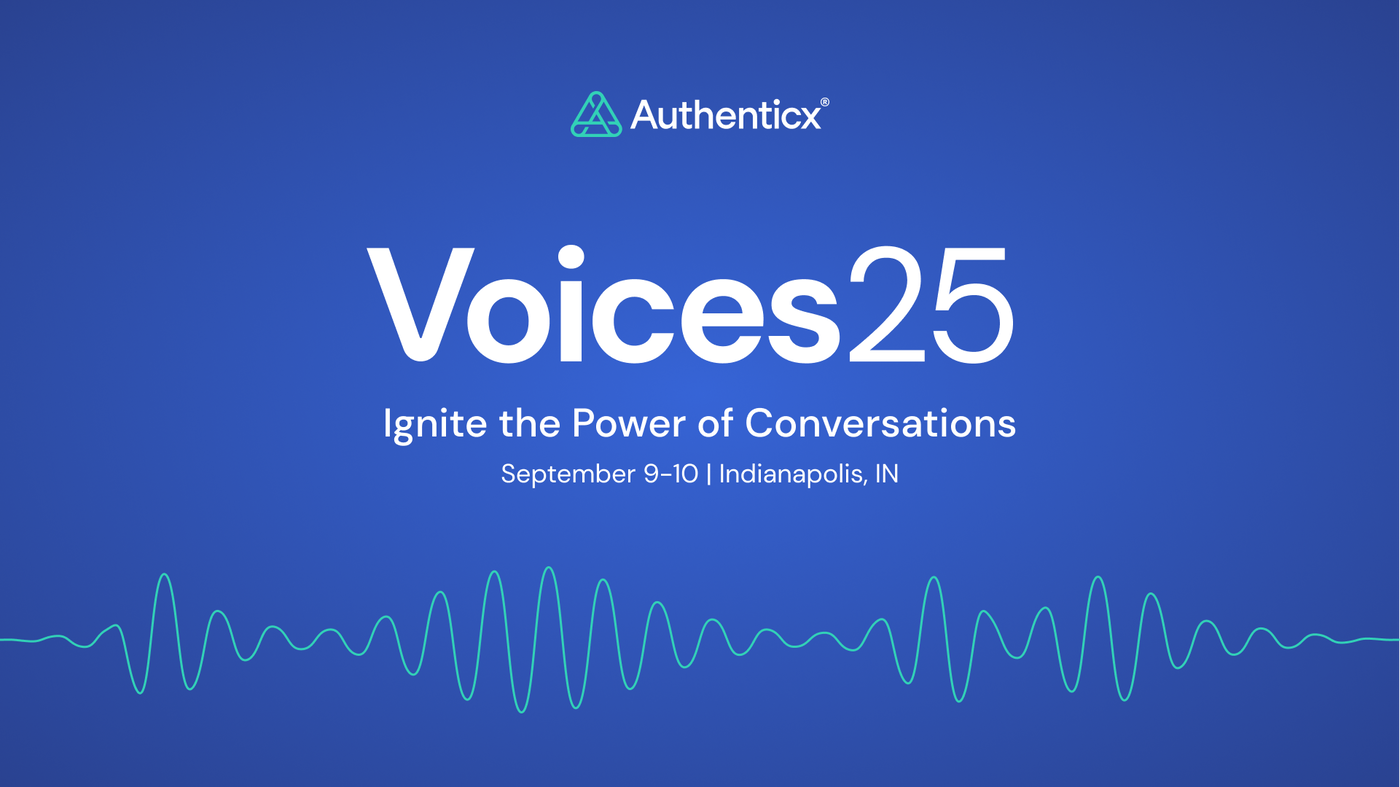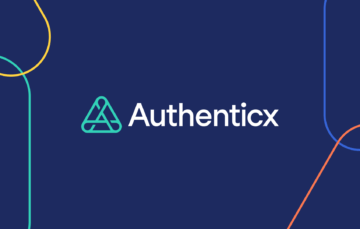
Data storytelling is the antidote to data dumping, which rarely drives high interest and action. Neuroscience research shows that data-backed stories stimulate parts of the brain that are necessary to drive people to prioritize ideas and take action.
Why?
Because these types of stories feed the needs of our rational minds AND our emotional minds — both of which impact decision-making.
Read the three Data-Backed Storytelling Tips below to learn more.
You need to know what Data-Backed Storytelling means.
We have countless data points at our fingertips, but if you can’t compellingly tell a story with your data, you are at risk of data-dumping!
The best way to avoid data-dumping is through data-backed storytelling. But what is data-backed storytelling?
Data-backed storytelling is a process of conveying a message with the intent to drive change within a business or organization. The method uses storytelling techniques to shape the message by strategically weaving together quantitative data that speaks to the head and qualitative data that connects to the heart.
Data-backed storytelling moves us away from data-dumping and toward using data strategically within the framework of a compelling story that incites action.
Speak to the head and the heart with macro and micro stories.
Effective data-backed stories are a “tale of two stories”: They contain both macro and micro stories for maximum impact.
Macro Stories – Bird’s-Eye View
Macro stories weave together relevant quantitative data in a story structure to show the landscape view of an issue as it impacts large classes of people. Macro stories speak to the higher brain, ensuring that we make rational decisions. Macro trends that can impact people include:
- Prevalence
- Changes over time
- Correlations to other data points
Micro Stories – Up Close and Personal
Micro stories, in contrast, draw from qualitative data – naturally occurring conversations, interviews, first-hand testimonies, and focus group conversations – to zoom in on individual human experiences at specific moments in time. By humanizing and contextualizing the macro story through concrete examples of lived human experiences, micro stories speak to the emotional centers of the brain, ensuring we also make decisions from our values and a place of genuine connection to the human emotion expressed in micro stories.
Impact Change in Unison
If you’re only telling macro stories, you’re speaking only to the “head,” which doesn’t inspire and motivate. If you’re only telling micro stories, you’re speaking only to the “heart,” which may not provide enough data to justify change.
The next time you go to propose a change in your business, tell a tale of two stories – macro and micro – for maximum impact.
To move people to action, you need to activate their brains.
Neuro-economist Paul Zak’s research has shown that when people are presented with bullet points of information, the language centers of their brains are activated. But when the language centers alone are activated, people release less cortisol and oxytocin, which means they are less likely to remember, act upon, feel sympathetic to, or feel motivated by the information at hand.
However, Zak’s research also shows that when people are presented with a story containing the four elements of character, setting, object of desire, and obstacles, their motor and sensory cortices are activated. Typically, this triggers the release of higher amounts of cortisol and oxytocin, which in turn means they are more likely to act upon, feel sympathetic to, and be motivated to take action.
The human brain is a complex organ impacted by an infinite number of variables (see Behave by Robert Sapolsky), so not every story will successfully win over every audience or affect their brains and behavior in the exact same way. However, the neuroscience showing the power of story on the brain overall is undeniable, which means only a fool would ignore the persuasive potential of storytelling when trying to drive change through data.
Can you think of a time when you decided to act? Share the parts of your journey to action in the comments. Here are some questions to get you started:
- Was it in a digestible format?
- Did it contain a story?
- Was data present?
Catch up with this blog series:
- Blog #2: How Data Can Inspire
- Blog #3: The Strategic Data-Backed Story Set-Up
- Blog #4: The Strategic Data-Backed Story Ending
About Sally Perkins
Dr. Sally Perkins serves as Sr. Manager of Storytellers at Authenticx. She analyzes quantitative and qualitative conversational data from which she crafts impactful data-backed stories that offer insights into how professionals across industries, such as healthcare, can improve the customer experience and their business outcomes.

About Authenticx
Authenticx was founded to analyze and activate customer interaction data at scale. Why? We wanted to reveal transformational opportunities in healthcare. We are on a mission to help humans understand humans. With a combined 100+ years of leadership experience in pharma, payer, and healthcare organizations, we know first-hand the challenges and opportunities that our clients face because we’ve been in your shoes. In 2023, Authenticx was ranked No. 349 on the Inc. 5000 recognized as one of America and Indiana’s fastest-growing private companies.
Want to learn more? Contact us!
Or connect with us on social! LinkedIn | Facebook | Instagram | YouTube | Twitter/X


